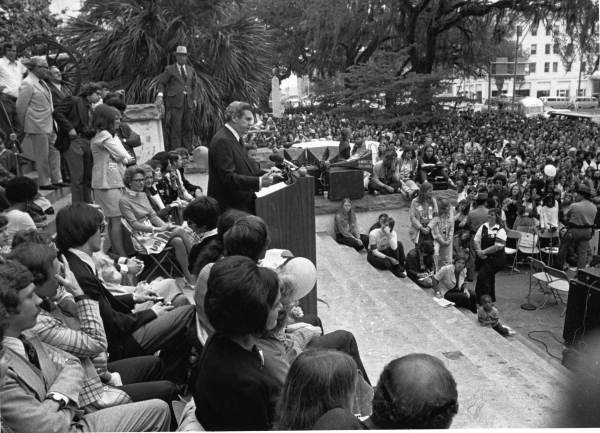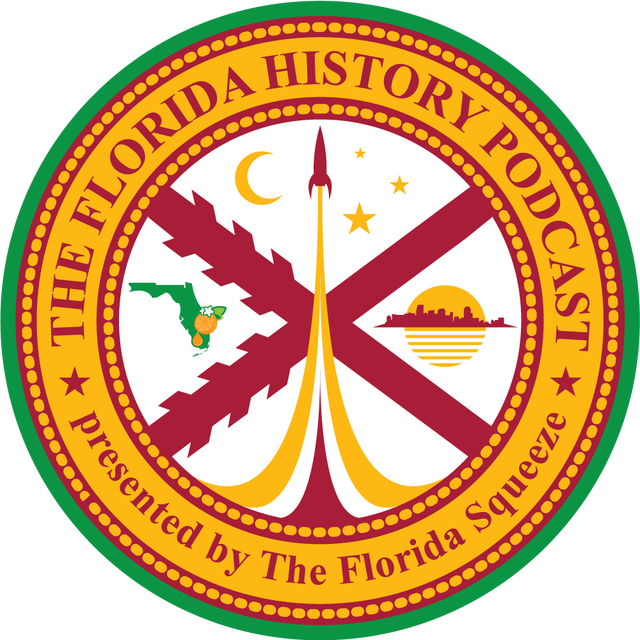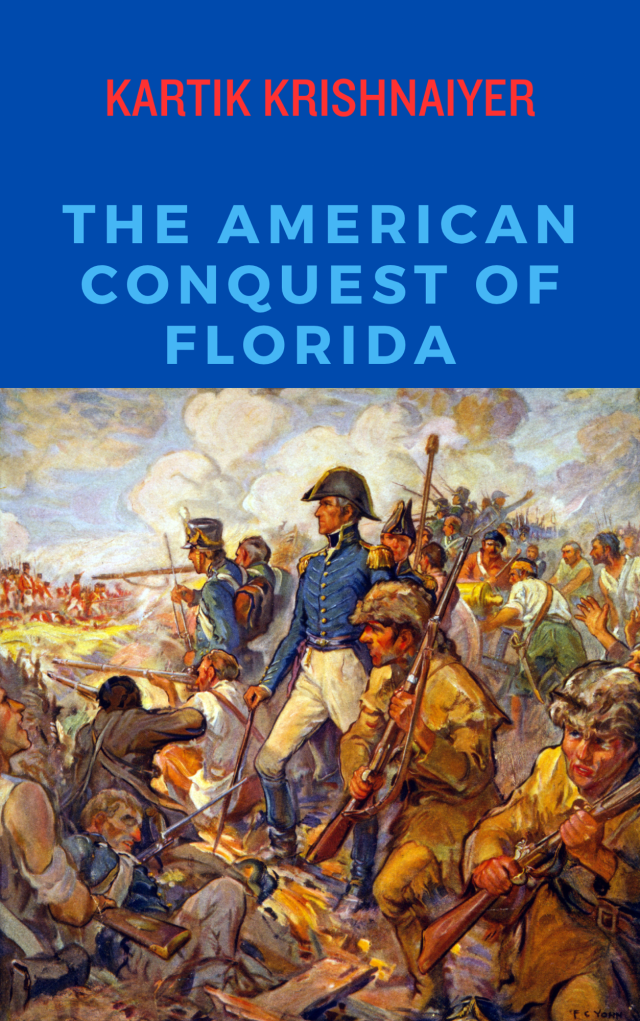The raid conducted by law enforcement officials last week on Rebekah Jones home reinforced what Florida under long-term GOP rule has become – a state where the governing class conducts itself in a manner where arming citizens with information is discouraged and any competition of ideas or questioning of policies is strictly discouraged.
What has happened to Florida, is one-party rule since the late 1990’s has eroded any accountability officeholders have – a lack of electoral competition outside Republican primaries, means those in state office or legislative leadership can do what they want, how they want, when they want. The state, believe it or not was not always like this – on the contrary – despite virtual one-party (Democratic) rule from 1970 to 1986, that era of Democrats sought to reform the image created by their predecessors of corruption and misgovernance. It was a Golden Age of Politics in this state and an era of progressive policy and reform.
Truth is Florida, as V.O. Key described in his seminal 1949 work, Southern Politics in State and Nation was a state where every individual politician was out for themselves. A one-party state like the rest of the “solid south” at the time, personal networks became the political parties of their days – and these networks were more often than not about patronage and classic back-scratching small state politics. Florida was a remarkably corrupt state and a violent one as well – the state led the nation in per capita lynchings between 1901 and 1950.
As Florida grew in the 1950’s and 1960’s an intense competition broke out between three, later four factions. The factions were the Pork Chop gang, a modernizing faction (best exemplified by Governor Leroy Collins, the man most responsible for preventing Florida from becoming a facsimile of Alabama or Mississippi during the Civil Rights era. ) and growing Republican influence in the state, mostly among transplants from the Northeast and Midwest. Eventually the GOP split into factions also, one led by colorful Governor Claude Kirk who led former-Democrats who were obsessed with race and other cultural issues the other were traditional Republicans more concerned about economics like Jack Eckerd and Congressman Bill Cramer.
The 1960’s were a time of incredible strife nationally and Florida was no exception. The state also had competitive two-party elections for the first time since reconstruction. Florida State Government was beset by corruption and scandals erupted in municipal governments as well. It even impacted the Supreme Court. Florida was growing, becoming a destination for new residents, businesses and of course the home of the space program. The nation was watching and what they saw was an eccentric state, a more sun-baked version of Alabama or Mississippi.
After GOP victories in key 1966 and 1968 elections, Florida turned back to the Democrats in 1970. But instead of returning to classic conservative Democrats like former Attorney General Earl Faircloth (who had challenged and weakened Collins by attacking him from the right in the 1968 Democratic US Senate Primary – Collins went on to lose decisively to the reactionary right-wing Congressman Ed Gurney in the general) and former Governor Farris Bryant, upstarts bested the former statewide officeholders in primaries – State Senator Reubin Askew of Pensacola defeated Faircloth in the Democratic Runoff for Governor, and then beat Governor Kirk in the General and State Senator Lawton Chiles defeated Bryant in the Primary for US Senate and then upset Cramer in the General.
The Democrats governing Florida in the 1970’s were unlike anything the state had experienced before. The redistricting of 1968 had brought into the legislature more urbane representatives – part-time legislators who were accessible and approachable. Legislators shared offices and often skipped meals while pushing for governmental reform. The State House became a largely liberal institution aligned with Governor Askew, who was reform-minded and big on transparency and openness in government. Corporate influence on State Government was reduced dramatically. Askew courageously backed school busing in his first term and focused heavily on environmental issues much to the consternation of many in the Democratic establishment.
Over in the Senate however, Senator Dempsey Barron (D-Panama City) who led a bipartisan conservative coalition was a constant thorn in the side of the Governor and State House. Barron’s allies in 1974 tried to take Governor Askew out in both the primary and General Elections but failed to do so (in fact the 1974 GOP nominee for Governor was former Democratic State Senate President Jerry Thomas, who switched parties to run, giving conservatives two shots to take out Askew, one in the primary and one in the general). Askew’s 1974 victory, running with Jim Williams as his Lt. Gov (who replaced the conservative Tom Adams) ushered in a new era of progressive reform. Sunshine laws, public disclosure laws, campaign finance reform and a strong emphasis on both developing Florida’s public education system and cultural options. Askew’s commitment to protecting Florida’s environment was unparalleled to that point in the state’s history. He even supported the Equal Right Amendment!
In 1978, one of Barron’s great opponents in the Senate Bob Graham ran for the Democratic nomination for Governor. Barron and his allies backed just about every other Democrat running in some form in the primary and runoff elections, but Graham was nominated and defeated Eckerd, the GOP nominee in the General Election. Graham’s governorship saw Florida become a tech hub, as a cultural of innovation around young professional attracted the state sprung up . Growth management laws were strengthened and Florida became an even cooler place for artisans and cultural pursuits. We also had some of the best consumer protection laws in the nation.
After four years of a GOP Governor in Bob Martinez, albeit one contending with a Democratic legislature, Democrats retook the Governorship in 1990. Chiles, who spent 18 years in the US Senate ran for Governor, defeating a more conservative choice, Bill Nelson in the primary and crushing Martinez in the General. Chiles was hobbled however by increasing GOP numbers in legislature and the willingness of Democrats to compromise to win favor with those Republicans – his Governorship was more about holding the line of the progressive era than expanding it. Once he passed in 1998, Florida began to bleed to death.
Today, Florida is far from the state it was in the 1970’s and 1980’s. Ethics in government and transparency are frowned upon, while the state is no longer of destination for young professionals. Our tech industry is sagging, our environment being largely eroded and ignored by policy makers and corporations have more influence than any time since the 1950’s in state government.
Perhaps by today’s standard of doctrinaire progressiveness where issues such as marijuana legalization, gun control and universal health care are held as litmus tests, that era of Democrats would be considered “centrists” or even “conservatives.” But they were not either of those things – they shook up an establishment in the state, and made Florida a genuinely livable place while adding a certain cool factor.
Sometimes being progressive is as much about reform, growth and ethics as it is pet issues. Florida’s progressive era moved the state forward but that progress has alas been lost the last two decades of GOP rule.








[…] disclosure forms, a legacy of the progressive good government Florida of yesteryear are sometimes very difficult to navigate. However, large errors like the one Agriculture […]
LikeLike